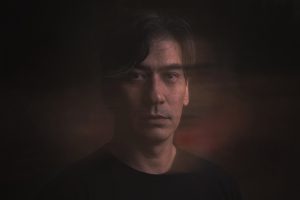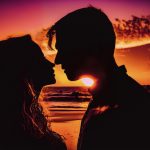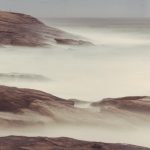Diaphragm Exposure Triangle
At first, the diaphragm is a mechanism of metallic blades located inside the objective lenses. The objective is a set of lenses that concentrates and allows the passage of light reflected in scenes, compositions or any subject to be photographed. Therefore, the light passing through it makes its way to the camera's sensor to record the image. Likewise, it is responsible for the focal length.
These blades move in the form of an opening to allow more or less light to enter the camera through the hole formed for the passage of light.
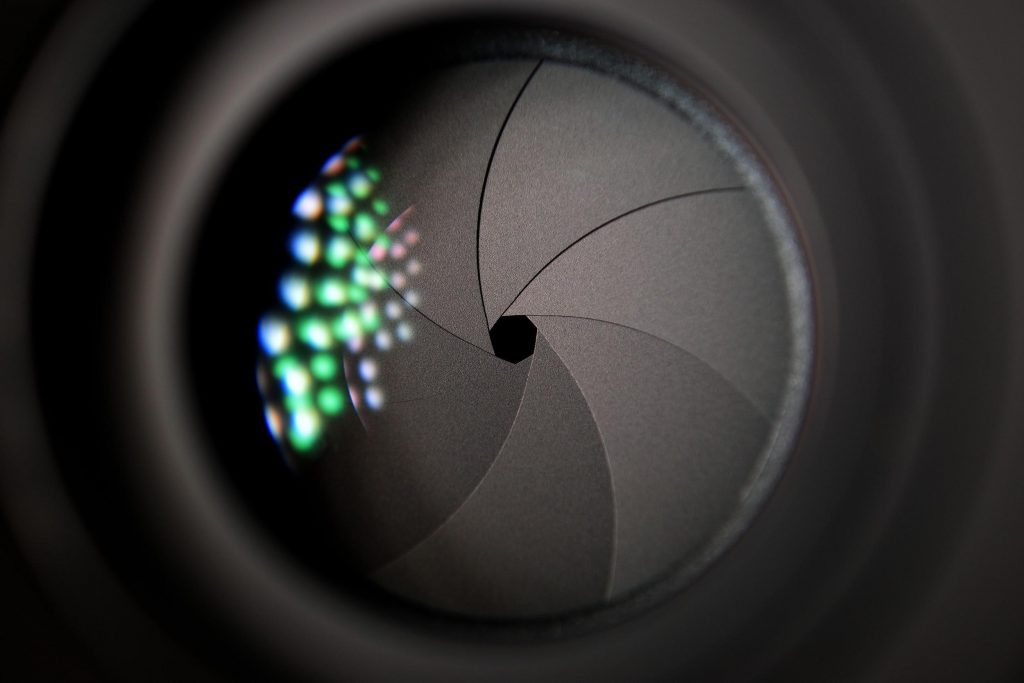
While tuning this command in your camera, you will need to understand the nomenclature for this aperture.
f-stop | Diaphragm Exposure Triangle
The unit of measure of this aperture is called “f-stop” and in the specifications of the lenses of digital cameras we see definitions like: 1, 1.4, 2, 2.8, 4, 5.6, 8, 11, 16, 22, 32 etc., where the smaller number indicates more light and the larger number indicates less light that will pass through the diaphragm.
Larger diaphragm opening = greater light input.
Smaller diaphragm opening = less light input.
Thus, the size reading for that aperture is indicated by the f/x value. Because the larger the f/x value, the smaller the aperture of this objective will be. For example: while at f/16 the aperture is quite closed, at f/1.4 the diaphragm is open at its limit. In the image below, you can see how the blades move allowing a smaller or larger area for light to pass through.

Analogy | Diaphragm Exposure Triangle
Comparing it with everyday life, it is possible to exemplify it clearly through a faucet that opens to fill a glass of water. The opening of the diaphragm (in this case, the faucet) works together with the time it takes the shutter to open and close (movement of opening and closing the faucet faster or slower), allowing the passage of this light (represented here by water) more or less accelerated.
The following illustration clarifies this relationship, which forms the exposure triangle, where together, ISO, speed, and aperture operate to capture the image with quality.
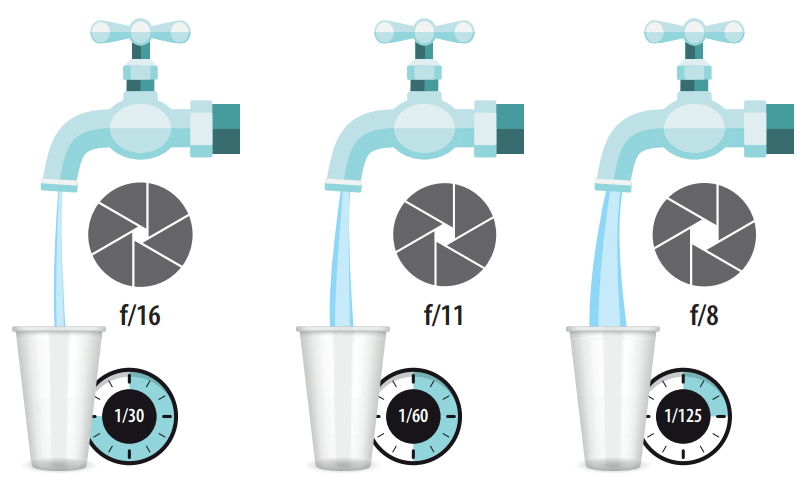
The interpretation of the image above is a relationship that requires attention. While the watch shows the time of exposure to light (shutter function), the faucet represents the diaphragm, with water being the beam of light passing through the diaphragm; the cup represents the sensor forming the image.
Note that the greater the light entering the camera (right), the faster the shutter movement, ie, the shorter the exposure time to this light. It's like quickly turning the faucet on and off by passing a lot of water through a large orifice.
On the contrary, the image on the left shows the watch setting a much longer running tap time, so that the water flows in a smaller volume through a small hole and fills the glass in the same proportion. Therefore, the smaller the aperture of the diaphragm (left), with less light passing through, the slower the exposure time to this light should be when recording an image with the same quality.
Control your equipment | Diaphragm Exposure Triangle
Being able to control the aperture of your lens diameter will give you autonomy to build better defined images, with selected focus and highlight for your compositions, whatever the subject.
Notice in the image below that the aperture of the diaphragm has an inverse relationship with the shutter speed
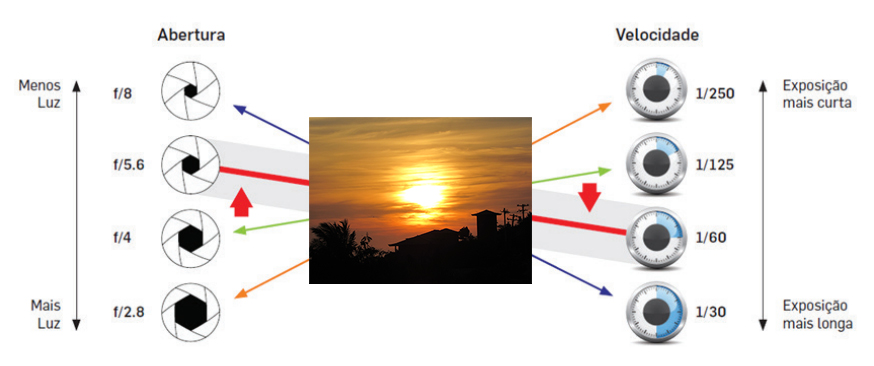
Focal length and depth of field
Depth of field is tied to the type of lens used in the scene and how it will perceive the main subject, what is in front of and behind it. This difference in positions is what might be called the distance between subjects.
When capturing a subject, the lens prioritizes what will be the main subject in the scene, keeping its focus on it and disregarding the remaining area; or, if there is no main motive, it will register with equal importance all the subjects of the composition, depending on the size of the projected opening in that situation. So, depending on the lens type and aperture size, you may get areas with more or less focus in your photos.
In other words, depth of field has a direct bearing on the focus and sharpness of a main subject within the composition. It is the part of photography responsible for achieving the attractive “blurred background” effects – no
as a rule, but as a possibility to be explored in your images, whether portraits, nature photos, weddings or other areas.
Don't confuse blur effect with blur effect. Blur is controlled by diaphragm opening and distance between planes. The blur, on the other hand, are traces of movement caused by the long exposure time of the shutter.
Lenses operate with different depth-of-field ranges. Therefore, image blur is directly related to:
a) the focal length of the objective;
b) the size of the diaphragm opening;
c) the distance of the objective between the planes to be photographed;
Focal Length
The longer the focal length of the lens, the closer the main subject comes closer and stands out, above all, in relation to the background. However, you should also consider that the focal length is linked to the minimum distance the camera must position itself in relation to the main subject. Because, when the minimum focusing distance is not respected, the shutter button locks, until you position the camera correctly. A lens operating at 18mm can be physically much closer to the main subject than an 80mm lens.
The second possibility is related to the opening of the diaphragm. Thus, a large aperture of the diaphragm has the main advantage of greater light input, even in dimly lit environments. Because this high aperture makes the main subject jump to the foreground, severely blurring the other planes of the photo, as shown in the photo below.
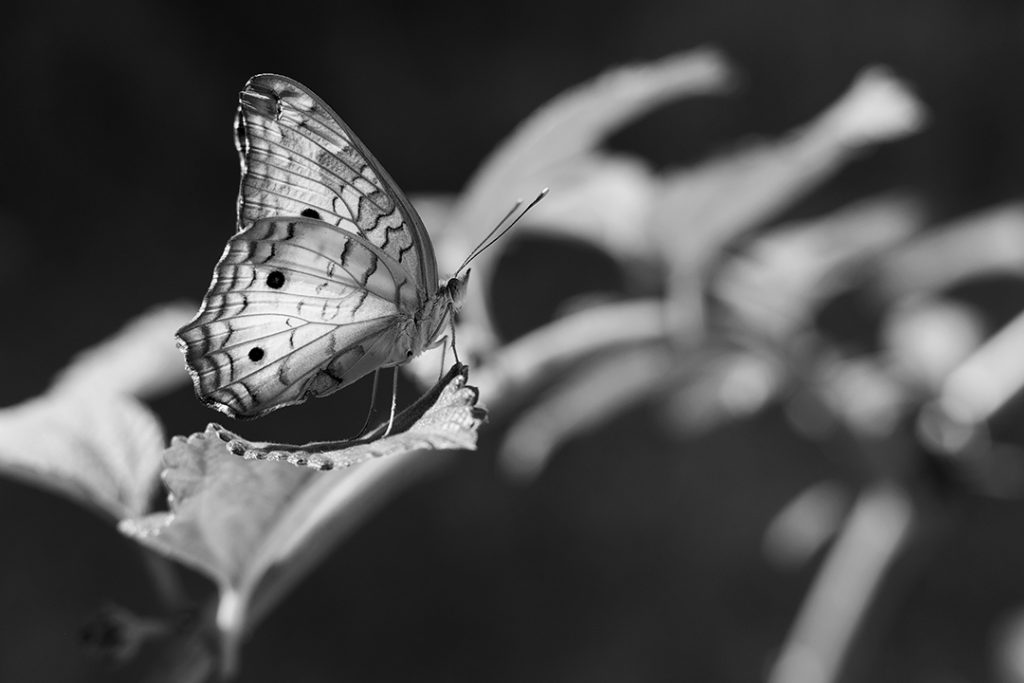
50 mm
Being a small and light objective, 50mm lenses are generally affordable and operate with very large apertures such as f1.8, f1.4 and f1.2. The most common on the market is the 50mm f1.8, which is also lighter and cheaper
than the other two options mentioned. This lens is capable of recording close-ups with great blur effects, even in situations of low light and equipment shake. Thus, the different blur effects in the scenes are directly linked to the size of the aperture of the diaphragm. Larger apertures prioritize subjects closer to the lens (keeping the minimum distance) and disregard other non-prioritized planes; larger apertures consider wider or distant planes with equal focus importance.

The larger the aperture diameter, the smaller its numerical value and its depth of field – the lens prioritizes what is closest to it.
On the contrary, the smaller the aperture diameter, the greater its numerical value and its depth of field, clearly recording not just parts of a scene, but the subject as a whole.
Regarding the distance of the lens between the main subject and the background, this measurement also affects the result of sharpness, or blur effect in the image. The further away the lens, main subject and background are, the greater the chances of building a blurred effect in your images.
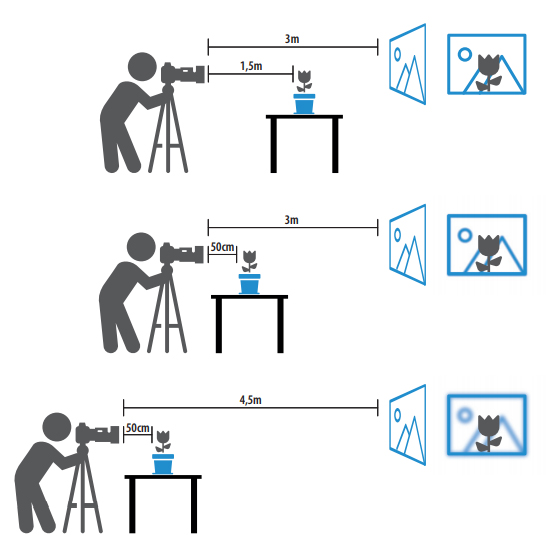
Anyway, we will meet in the next article on photographic technique.
So, did you like the article about the Exhibition Triangle and want to contribute a coffee of thanks? Make your contribution using the QR Code below. Help the Foto Blog that helps you. Any value is welcome! A coffee is R$2 here, for example.

Related articles
| Make long exposure | Types of cameras | Light the principle (part 1) | Light the principle (part 2) |
Other links
| | Photo Accessories | | Saquarema | | Photo | | Photography | | Online Gallery | | FotoBlog | | Claude Monet | | Photographic Technique | Color Photographic Technique | Quality of a photo | What is Photography? | The Role of the Sensor | Pricing | DSLR | Diaphragm Exposure Triangle | Compact | Lens Types | Photographic Technique 5 |

